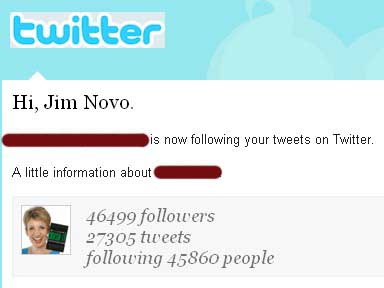In the early days of Home Shopping Network (live TV, not online), we were doing some ethnographic research and started to find “physical clusters” of customers – neighbors or people who worked together. For example, one of these groups was nurses at hospitals, especially nurses who worked the night shift.
We looked for the most active member of the cluster (our “thought leader”) and asked them if they would help us with a “member get a member” program. Would they be willing to distribute discount coupons to their friends, especially ones who were not already customers? Time after time, the answer was:
“Honey, all my friends are already customers of yours”.
We launched the program anyway, because it was a pet project from upstairs – I was a junior marketer at that point so I couldn’t kill it ;) The program never, ever worked, no matter how hard we tried. It generated very few new customers while giving lots of discounts to people who were already active buyers. Basically, the cost of those discounts overwhelmed the value of the new customers generated.
Apparently a similar thing happens online with Social marketing.
As part of a DAA program that reviews academic research for DAA members, I was able to take a look at a paper titled: Firm-Created Word-of-Mouth Communication: Evidence from a Field Test by David Godes and Dina Mayzlin.
Continue reading Awareness versus Persuasion